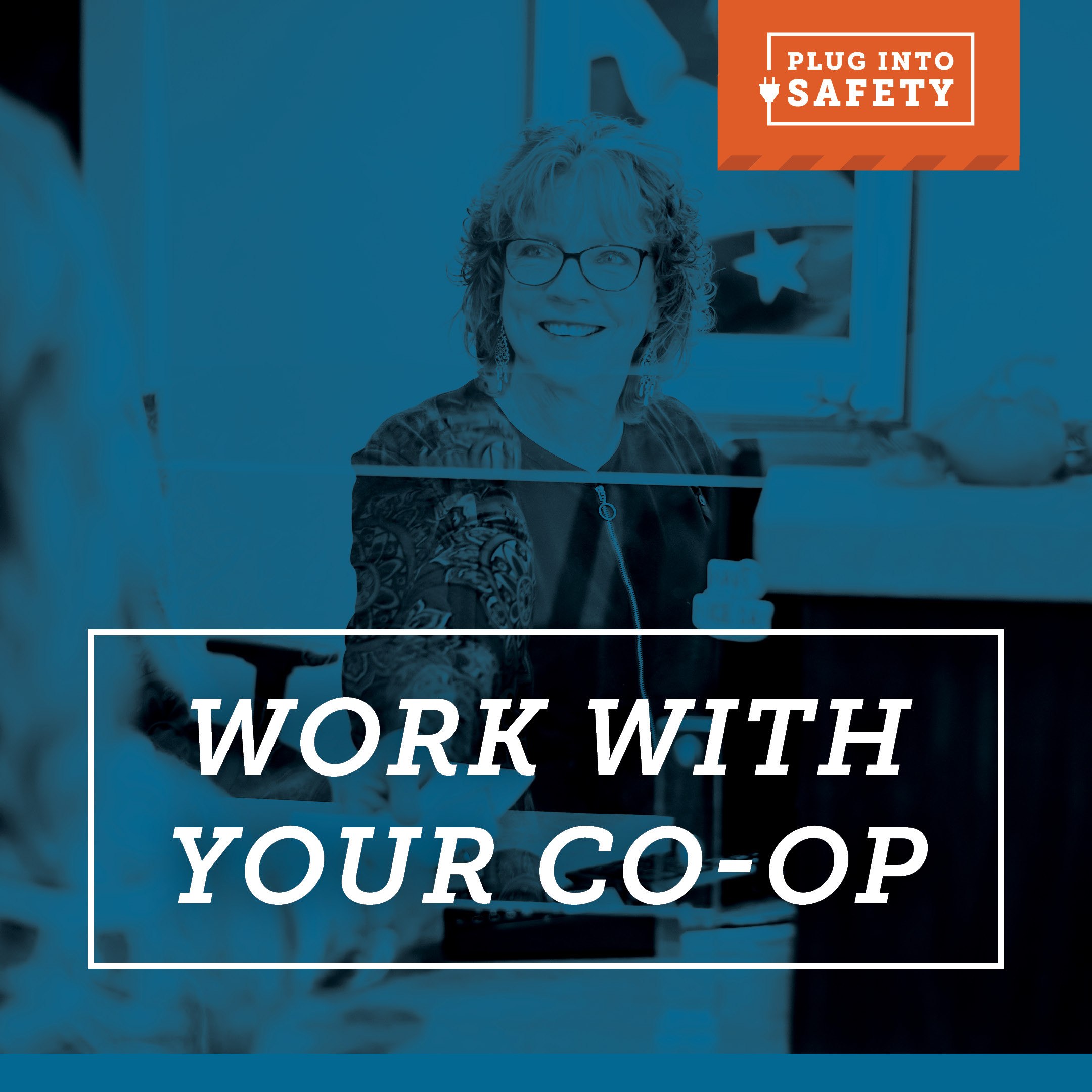Multiple extension cords plugged into a single outlet caused a fire that took the lives of a Decatur, Ind., couple in 2011. A lamp in an upstairs clothes closet sparked a recent Indianapolis house fire. And an electrical appliance or overloaded circuit was the likely cause of a DePauw University dorm room fire that resulted in $1 million in damage.
These true—and close-to-home—news reports offer cautionary tales and safety lessons for the new year, especially as families plug in holiday gifts and power up everything from new kitchen appliances to workshop tools, toy ovens, battery rechargers, flat-screen televisions and more.
“Electricity helps feed us, warm us, entertain us, light our homes and keep us in touch with the world,” said Rick Coons, CEO of Indiana Electric Cooperatives. “While wireless may be today’s buzzword, we all know the value of electric outlets, cords and what they’re attached to,” he said.
The new year is a good time to give your new and long-owned electric appliances, accessories and gadgets a quick check for safety. Anything that draws on electricity can be a hazard if it’s in need of repair or used incorrectly.
Before you plug in an item, check for the safety testing label to be sure it meets U.S. electrical standards.
“Then read the instruction manual—much as we don’t like doing that, it will include important safety tips,” said Coons. “Another important thing to check is your electrical circuits—can they handle the extra load? That’s key for large items.”
Monitor the Playroom
Next, focus on the kids and their toys.
Teach your youngsters safety lessons. Monitor their use of anything battery-operated or powered by electricity. And make sure what you buy meets the standards of the U.S. Consumer Product Safety Commission (www.cpsc.gov).
New or used, follow the age recommendation given for the child, go over product instructions and warning labels, and supervise use.
If the toys have lights that can be changed, follow the wattage limits. If the toy, such as a wood-burning kit or mini oven, is made to heat up, make sure it’s turned off and unplugged when playtime is over.
It was just such a tiny oven, left on unattended, that caused a house fire in California.
Batteries can sometimes overheat, too, causing burns. That prompted an October 2012 recall of a laser light toy.
Be Watchful in the Kitchen
Kitchen appliances warrant special attention, especially those used to cook. Dad’s Panini press, for example, could overcook a sandwich and lead to a fire. Coffeemakers and other small appliances, too, have been found to be at fault.
Cooking equipment is the top cause of home fires, according to a 2012 report from the National Fire Protection Association. Some 42 percent of home fires called in started in the kitchen, the association found. And home structure fires peaked between 5 and 8 p.m.—the dinner hours.
The solution? Stay in the kitchen when you are cooking. Pay attention to what’s going on. And don’t plug too many things into one outlet or extension cord.
Check Loads, Extension Cords
In every room, check how many things are plugged into outlets and extension cords.
“When it comes to extension cords, the fewer the better,” says Coons. “If you do use extension cords, make sure they are the right gauge and not running under rugs, wound up or frayed.”
A frayed extension cord in a back room caused a 2012 Oxford, Ind., fire that wiped out a family’s home and garage. Fortunately, all five in the family escaped unhurt.
“Rather than extension cords, add more circuits or outlets.”
Safety reviewed, enjoy your Paninis and popcorn, and keep those electronic devices charged.
Sources: Decatur fire story, Indianapolis house fire, DePauw University, U.S. Consumer Product Safety Commission, Underwriters Laboratory, National Fire Protection Association.





